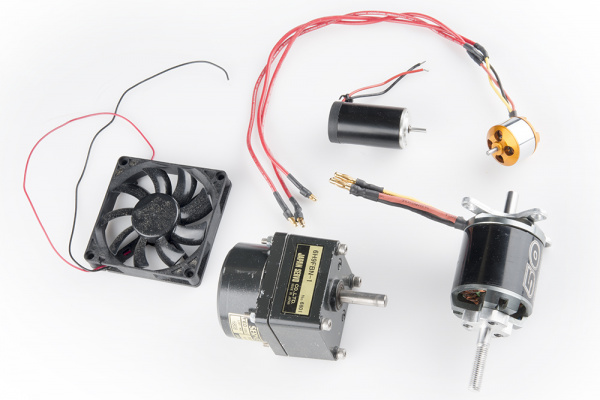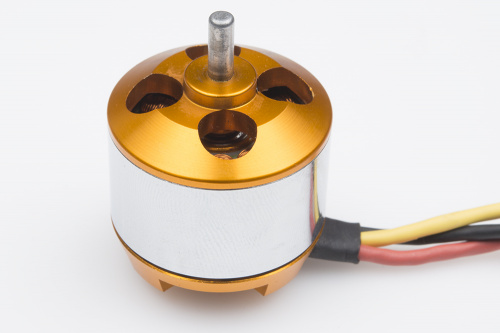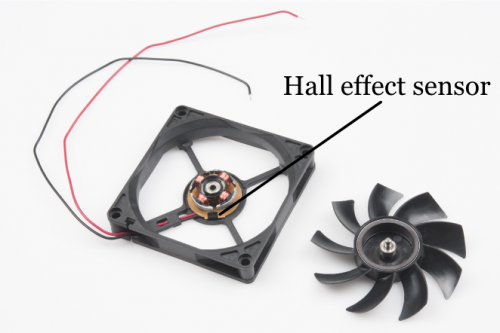Motors and Selecting the Right One
Brushless Motors - MORE POWER!
Brushless motors are taking over! Ok, maybe that was an overstatement. However, brushless motors have begun to dominate the hobby markets between aircraft and ground vehicles. Controlling these motors had been a hurdle up until microcontrollers became cheap and powerful enough to handle the task. There is still work being done to develop faster and more efficient controllers to unlock their amazing potential. Without brushes to fail, these motors deliver more power and can do so silently. Most high-end appliances and vehicles are moving to brushless systems. One notable example is the Tesla Model S.
The Anatomy of a Brushless Motor
To better understand how one works, let's start by tearing down a simple brushless motor. These are commonly found on remote control airplanes and helicopters.
- Windings - Converts electricity to a magnetic field that drives the rotor
- Contacts - Brings power from the controller to the windings
- Bearings - Minimizes friction for the axle
- Magnets - Provide a magnetic field for the windings to attract and repel
- Axle - Transfers the mechanical power of the motor to the user application
Theory of Operation
The mechanics of a brushless motor are incredibly simple. The only moving part is the the rotor, which contains the magnets. Where things become complicated is orchestrating the sequence of energizing windings. The polarity of each winding is controlled by the direction of current flow. The animation demonstrates a simple pattern that controllers would follow. Alternating current changes the polarity, giving each winding a "push/pull" effect. The trick is keeping this pattern in sync with the speed of the rotor. There are two (widely used) ways this can be accomplished. Most hobby controllers measure the voltage produced (back EMI) on the un-energized winding. This method is very reliable in high velocity operation. As the motor rotates slower, the voltage produced becomes more difficult to measure and more errors are induced. Newer hobby controllers and many industrial controllers utilize Hall effect sensors to measure the magnets position directly. This is the primary method for controlling computer fans.
Pros
- Reliable
- High speed
- Efficient
- Mass produced and easy to find
Cons
- Difficult to control without specialized controller
- Requires low starting loads
- Typically require specialized gearboxes in drive applications




